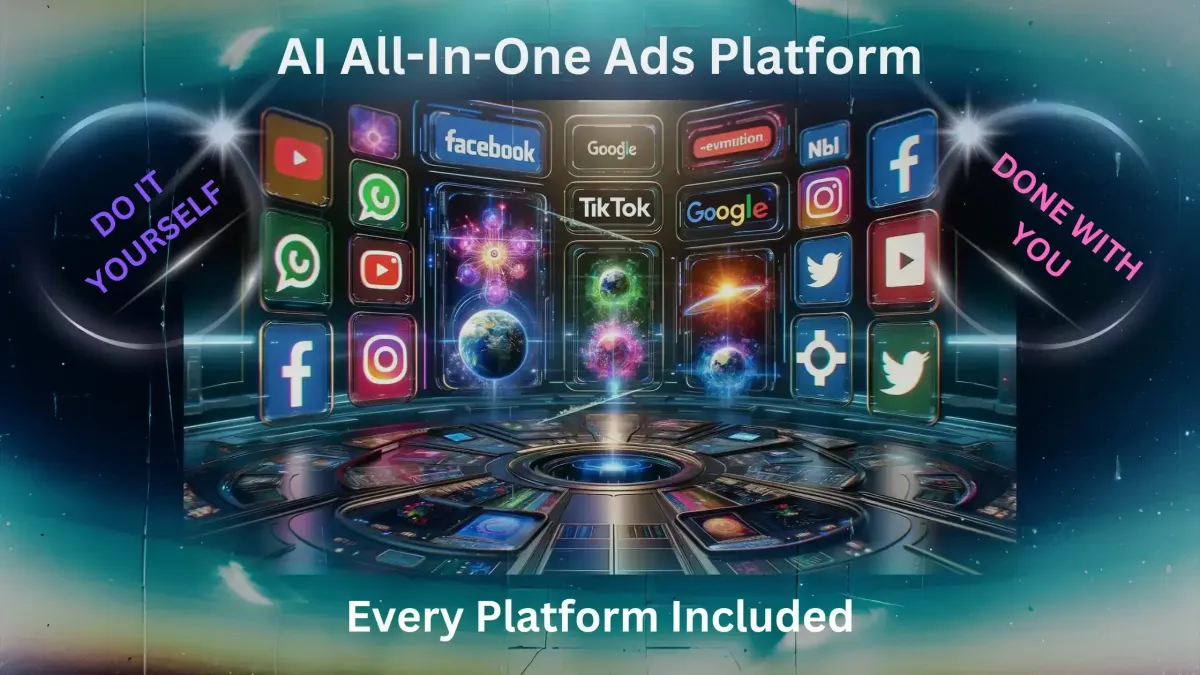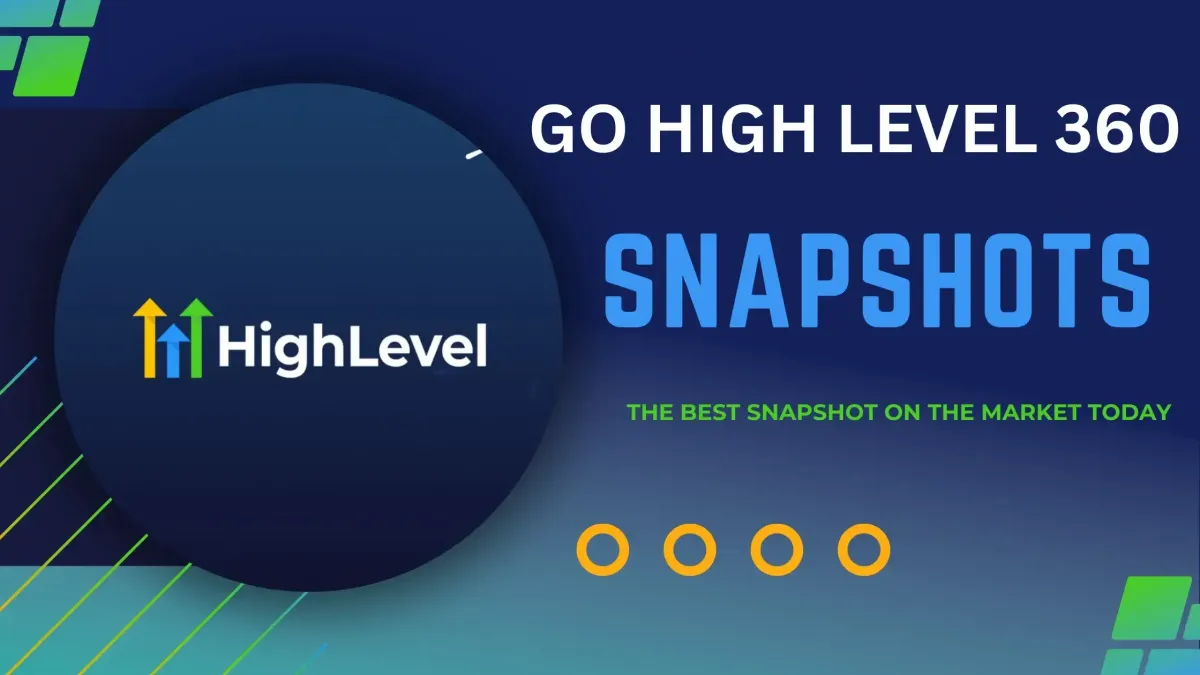High Performance Marketing Automation: The Ultimate Guide
Explore the power of high-performance marketing automation. A complete breakdown on AI-driven strategies, tools, and future trends that will maximize profits.
Boost Your Business with Our Marketing Services!🚀
Informative Blog Posts
Go High Level 360 CRM News & Announcements - Online Marketing News - CRM Platform Updates - CRM Tips & Tricks - CRM How to Tutorials - CRM Strategies - CMS Custom Code Information - CRM & CMS Support Articles - Interesting - Enlightening - Insightful - Thought Provoking - Solutions - Best Practices - Unique Techniques - Resourceful - CRM Training - So Much More

Explore the power of high-performance marketing automation. A complete breakdown on AI-driven strategies, tools, and future trends that will maximize profits.

Discover the top 10 marketing agency scams to avoid. Learn how to spot red flags, identify shady practices, and protect your digital marketing investments

Compare Go High Level 360's $29 /month affordable, pre-built CRMs with Go High Level's $97/month plan. Discover which offers the best value for your business.

Transform your business with Go High Level Custom Snapshot. Enhance lead conversion, improve customer retention, and streamline with a tailored snapshot CRM

Google's March 2024 core update impacts SEO. Technical SEO compliance, on mobile-friendliness, Core Web Vitals, and content to enhance your search rankings

Explore the top 5 SEM strategies for 2024 - Want to significantly boost your website traffic. Learn to optimize ads, refine bidding, and enhance engagement.
We provide custom CRM build-outs, complete setup, system integrations, and marketing solutions for businesses of all sizes. Our services are designed to streamline your customer relationship management, enhance customer engagement, and drive growth through effective marketing strategies.
The timeline varies depending on your specific needs, but most custom CRM setups take between 2-4 weeks. We focus on tailoring the CRM to fit your business processes, ensuring that every aspect is optimized for efficiency and ease of use.
Absolutely! We offer ongoing support packages that include CRM management, updates, troubleshooting, and enhancements. This ensures your system continues to evolve with your business needs and remains optimized over time.
We work with businesses of all sizes, from small startups to large enterprises. Our CRM and marketing solutions are customized to meet the unique requirements of each client, making us a valuable partner for any industry.
We specialize in creating fully customized, integrated CRM systems that align with each client’s specific goals. Our focus is on understanding your business inside and out, ensuring that our solutions not only meet your needs but also drive measurable growth.
Yes, we provide detailed training to ensure your team is comfortable using every aspect of the CRM. We cover essential features, reporting tools, and workflows, empowering you to make the most of your custom setup.
Clients typically see improvements in lead generation, customer engagement, and operational efficiency. Our CRM and marketing strategies are designed to provide measurable results and ongoing growth for your business.
Our onboarding process begins with a discovery call to understand your business and goals. From there, we develop and build a custom CRM for your business needs, plus; implement the necessary integrations. Once set-up is completed, we provide training to ensure your team is fully equipped to utilize your new CRM.